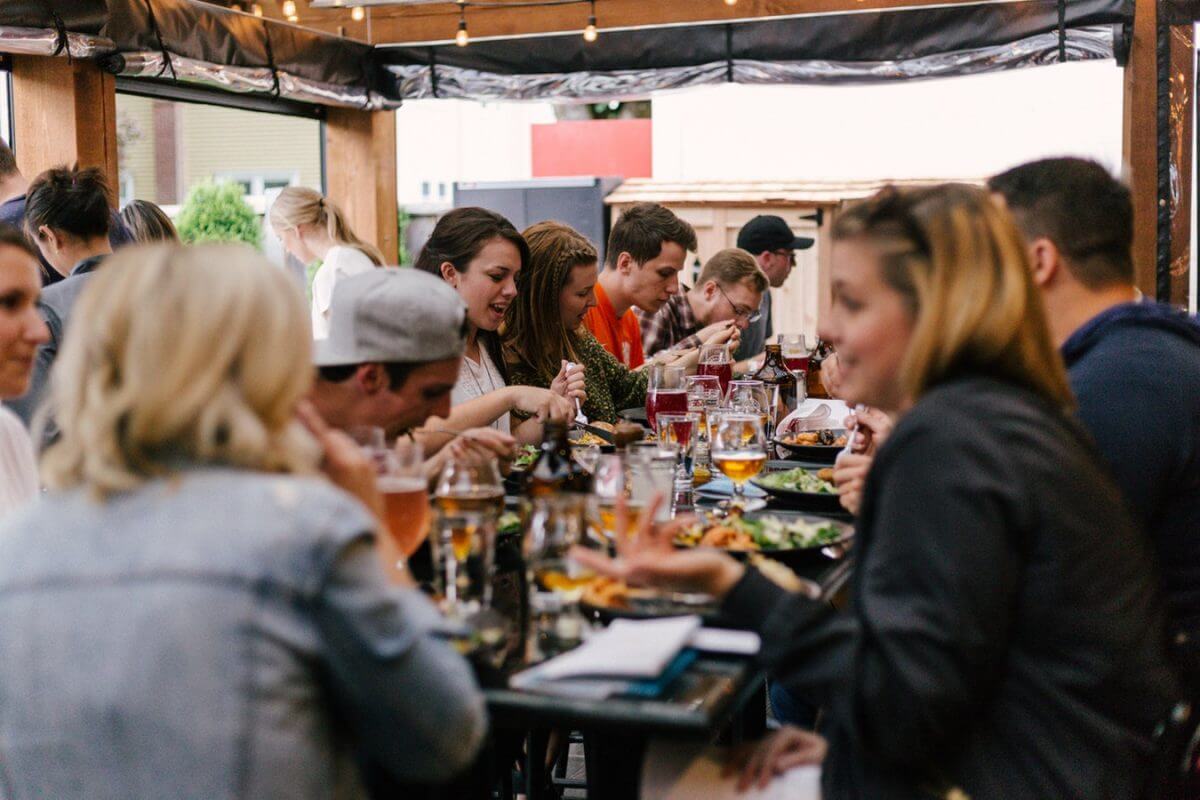Loyalty programs are a very effective means of identifying and cultivating strong guest relationships. When loyalty program data is generated and paired with complementary data from additional sources, it creates an extremely potent combination.
Research shows that guests are willing and enthusiastic participants in loyalty programs. A recent American Express/Techonomic study revealed the following:
- 44% of consumers participate in a loyalty/rewards program at limited-service restaurants
- 32% participate in similar programs at full-service restaurants
- 80% are more likely to frequent restaurants where they are loyalty program members
That’s a great population of guests… but what does it look like for restaurants that do more with them? Loyalty program participation is used as the launch point for more sophisticated Big Data analysis. By combining program information with payment data, social media inputs, and additional third-party data, restaurants are building a powerful engine for guest insights related to timing of visits, spending, demographics, or even to drill down to menu preferences.
Using this data, restaurants are expanding their rewards programs to drive sales, supplement and enhance engagement opportunities, and boost loyalty. Even if you don’t have a fully-realized loyalty program, a similar approach can begin with something as simple as collecting email addresses or encouraging Facebook likes. Pairing those inputs with an effective Big Data program can springboard to bigger and better relationships with your guests.
Getting to know guests better
Knowing your guests allows you to more effectively customize their dining experience. Getting to know your guests is easier than it’s ever been. Big Data can help answer some of the most important questions restaurants have about them:
- What is the demographic breakdown of guests?
- What are their income levels?
- Do they have children and are they bringing them?
- What times do they most like to visit?
- Where else are they eating out?
The answers to these questions come into focus using Big Data and listening in on social media, including the most common platforms like Facebook, Twitter, Instagram and Yelp. The key: restaurants need an analytics specialist with tools available to combine a variety of data streams with social media, then output relevant analysis and predictions. Those tools and services are available and restaurants are reaping the benefits, with improved loyalty, more frequent visits, and higher sales.
Knowing your guests allows you to more effectively customize their dining experience, which provides opportunities to suggest menu choices, celebrate birthdays and special occasions, or target specials that drive incremental sales. Other restaurants are doing… why can’t you?


